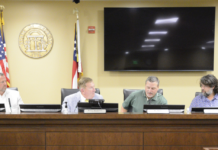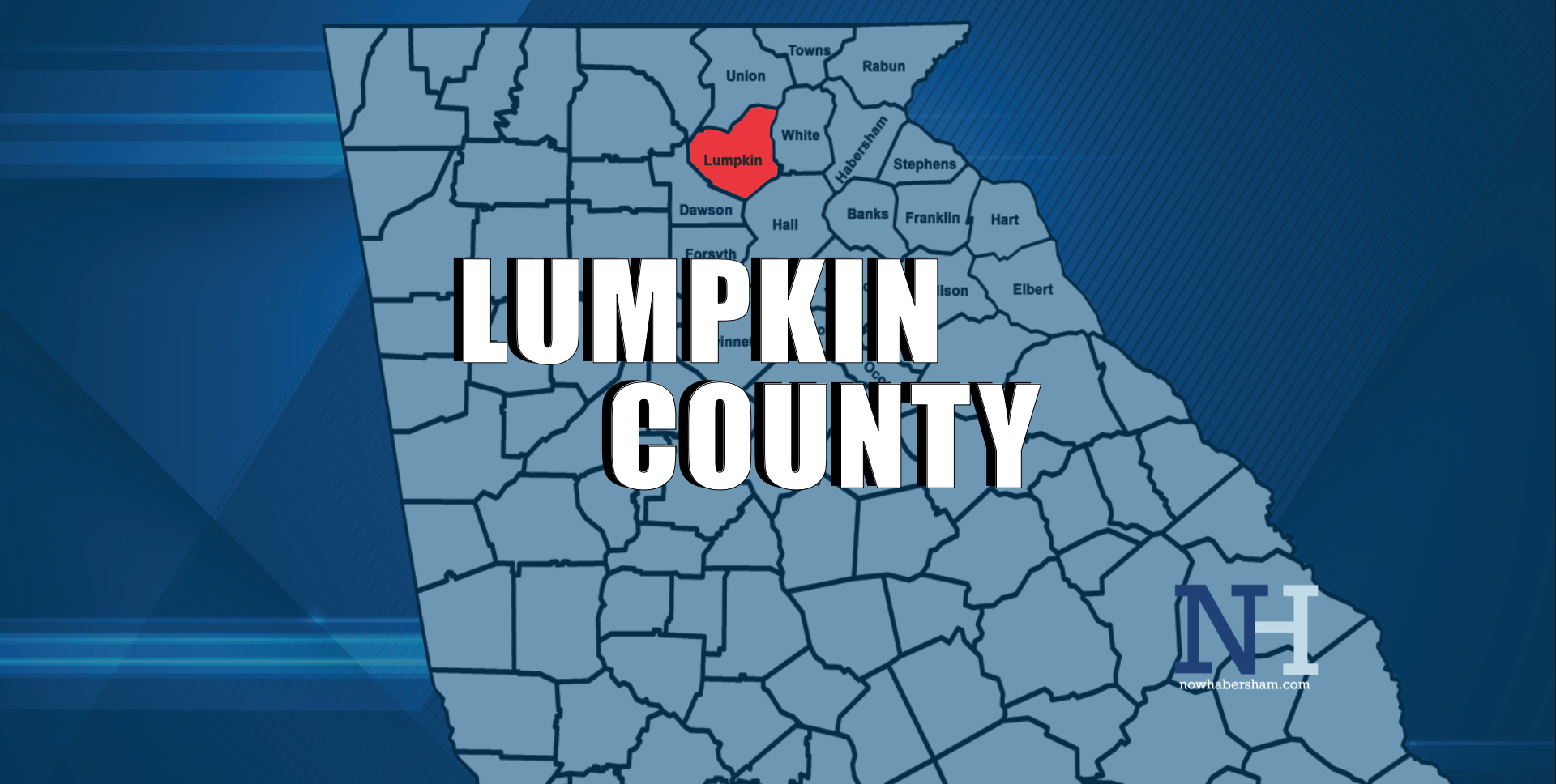
(Gainsville) – The largest health system in the region is expanding its COVID-19 reporting to help Northeast Georgians better understand what’s happening.
Northeast Georgia Health System (NGHS) is trying to increase awareness of how the virus is spreading, who is being infected, and how it’s impacting the availability of the system’s hospital beds.
The data is available through the nghs.com website and is updated before 3 p.m. each day.
“As we participate in conference calls and discussions with organizations, government agencies, elected officials, patients, and visitors – we always hear common questions about the positive rate of the tests our teams are performing, whether our hospitals are full and which populations are being affected the most,” says NGHS president and CEO Carol Burrell. “Sharing this data gives everyone easy access to the answers each day, empowering them to make more informed decisions to protect themselves and their loved ones.”
“We all need to make responsible decisions for our community’s health.” – Dr. John Delzell
The data may be accessed by clicking the “Latest Data” tap at the top of the nghs.com home page. It includes a rolling 7-day average of the percentage of tests NGHS conducts that come back positive.
“The chart shows the percent positive rate in our community is still well above the state’s rolling average and three times greater than the 5% mark – which is where we would like to see it,” says Northeast Georgia Medical Center’s Medical Director of Infectious Disease Medicine Dr. Supriya Mannepalli. “It’s proof that we have a long way to go in this region, especially as we head into a fall filled with uncertainty.”

NGHS now also provides information on how many beds are currently filled and available across the system’s four hospitals in Gainesville, Braselton, Barrow, and Lumpkin. The information details how many of those beds are occupied by COVID patients or patients waiting on test results (also known as patients under investigation, or PUIs).
The chart shows Northeast Georgia Health System hospitals have been very close to running out of beds since mid-July when COVID volumes increased sharply. Dr. John Delzell, one of NGHS’ COVID-19 Incident Commanders who has a background in public health says it seems very likely that relaxed social distancing and large gatherings around the 4th of July weekend drove the increase in cases. “We should all keep that in mind as schools reopen and the Labor Day weekend approaches. We all need to make responsible decisions for our community’s health,” he says.
“It’s a shame that conversations and simple actions to protect each other have become so politicized. We are all facing this pandemic together, and it will take everyone working together to overcome it.”” – Dr. Antonio Rios
“All it would take is one more big increase in COVID cases to force us to make the difficult decision to stop providing elective surgeries and other important services to free up resources or risk being overrun,” says NGMC’s Chief of Medical Staff Dr. Clifton Hastings. The risk of reduced medical service is just one of the many reasons people should continue following the 3Ws – wear a mask, watch your distance, and wash your hands – to help limit the spread of the virus.
Northeast Georgia Health System also is releasing data on hospitalizations and deaths by age groups – as well as confirmed cases by race, ethnicity and gender.
“This data clearly shows the virus does not discriminate, and it’s not just a problem for any one group in our community,” explains Dr. Antonio Rios, chief physician executive for
Northeast Georgia Physicians Group and a member of the state’s Hall County COVID-19 Task Force. “It’s a shame that conversations and simple actions to protect each other have become so politicized. We are all facing this pandemic together, and it will take everyone working together to overcome it.”







